Telematics is a technology that significantly enhances fleet management efficiency by providing real-time data on vehicle location, fuel consumption, and driver behavior. This data enables fleet managers to optimize routes, reduce fuel costs, and schedule maintenance, ultimately preventing costly breakdowns. Studies indicate that fleets utilizing telematics can achieve a reduction in fuel consumption by 10-15%. […]
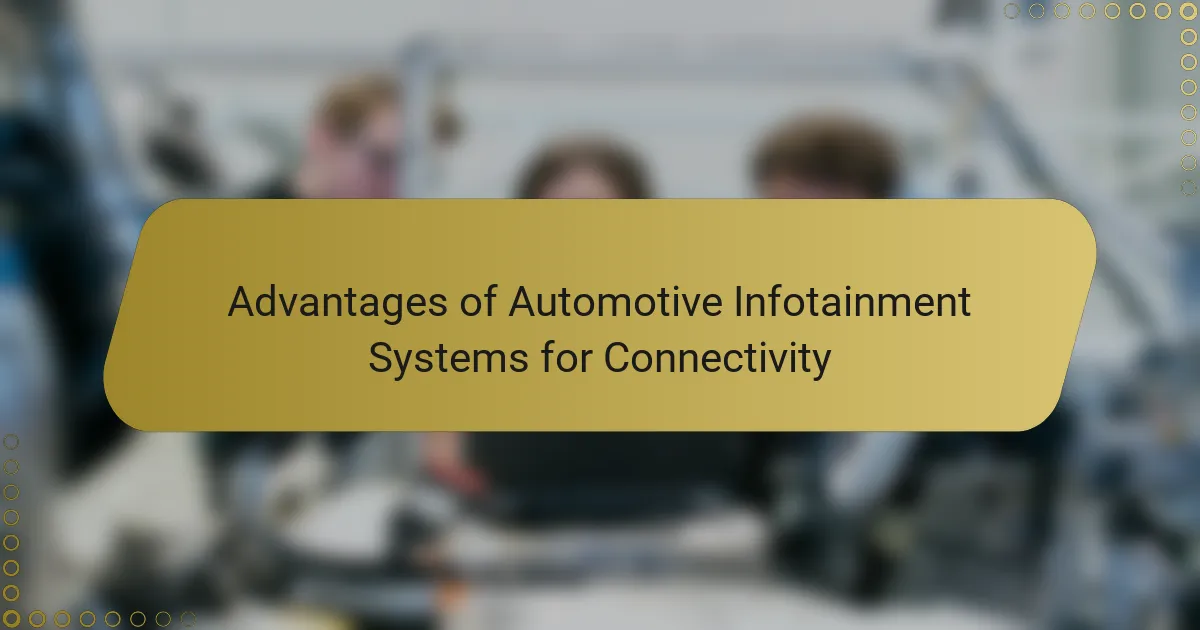
Advantages of Automotive Infotainment Systems for Connectivity
Automotive infotainment systems are integrated multimedia platforms designed to enhance connectivity, entertainment, and information access for drivers and passengers. These systems typically incorporate features such as radio, navigation, and smartphone integration, supporting Bluetooth, USB, and Wi-Fi connections for seamless user experience. Recent studies indicate a strong consumer preference for these systems, highlighting their role in […]

The Importance of Cybersecurity in Automotive Technology
Cybersecurity in automotive technology is essential for protecting vehicles from cyber threats due to their increasing connectivity and reliance on software. This connectivity makes modern vehicles vulnerable to hacking and unauthorized access, which can compromise safety and lead to data breaches. Reports indicate that over 100 vehicle recalls have been associated with cybersecurity vulnerabilities, highlighting […]
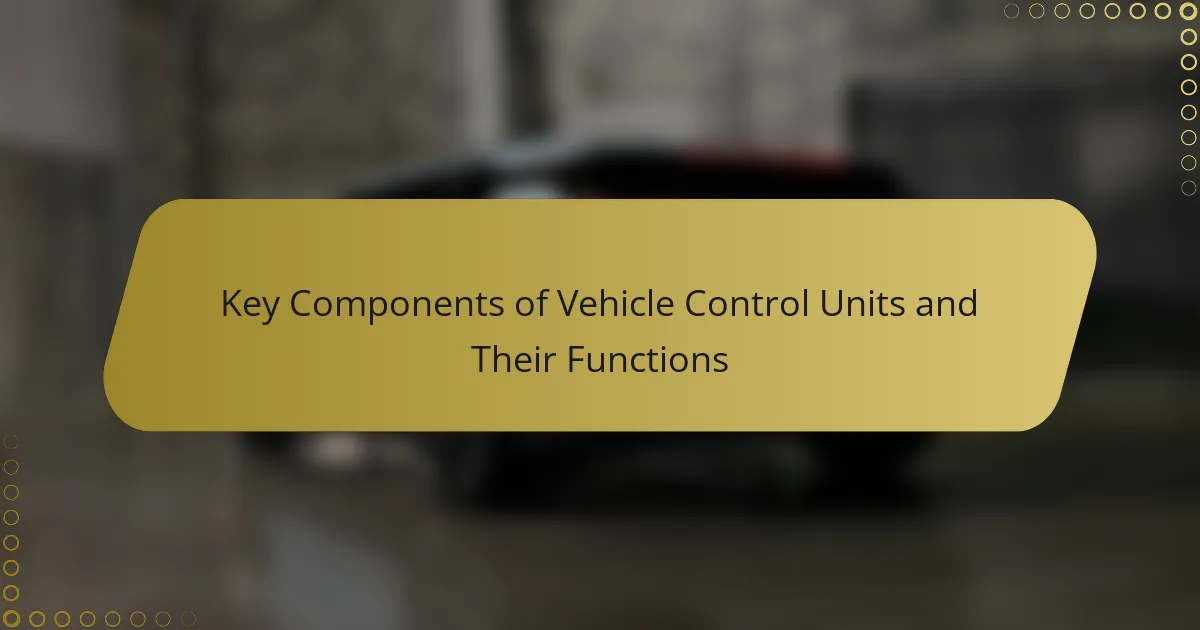
Key Components of Vehicle Control Units and Their Functions
Vehicle Control Units (VCUs) are essential electronic devices that manage various vehicle functions, ensuring optimal performance and safety. They process data from sensors and coordinate systems such as engine control, transmission, and safety features, enabling advanced functionalities like adaptive cruise control and electronic stability control. The integration of artificial intelligence and machine learning is shaping […]
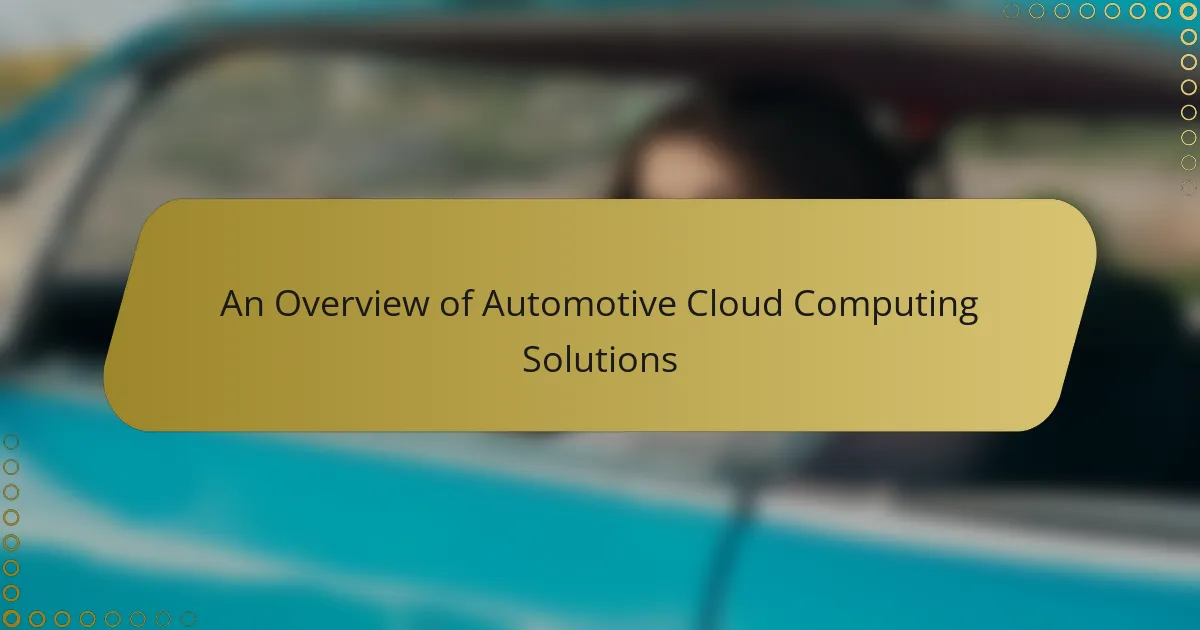
An Overview of Automotive Cloud Computing Solutions
Automotive cloud computing solutions are digital platforms designed for data storage, processing, and management within automotive applications, enabling real-time data exchange between vehicles and cloud servers. These solutions support critical functionalities such as vehicle diagnostics, navigation, and infotainment systems, significantly enhancing vehicle performance and user experience. The automotive cloud market is projected to grow substantially, […]

Understanding the Benefits of Advanced Driver Assistance Systems
Advanced Driver Assistance Systems (ADAS) are technologies designed to enhance vehicle safety and driving convenience through features such as lane-keeping assistance, adaptive cruise control, and automatic emergency braking. These systems utilize sensors and algorithms to provide real-time data, significantly reducing the likelihood of accidents. Research indicates that vehicles equipped with ADAS experience a 50% reduction […]

The Role of On-Board Diagnostics in Modern Vehicles
On-Board Diagnostics (OBD) is a critical system in modern vehicles that monitors performance and emissions, providing real-time data on engine and essential systems. The evolution from OBD-I to OBD-II has standardized diagnostic protocols, allowing for comprehensive vehicle diagnostics and efficient communication with diagnostic tools. OBD systems detect malfunctions, store diagnostic trouble codes (DTCs), and facilitate […]
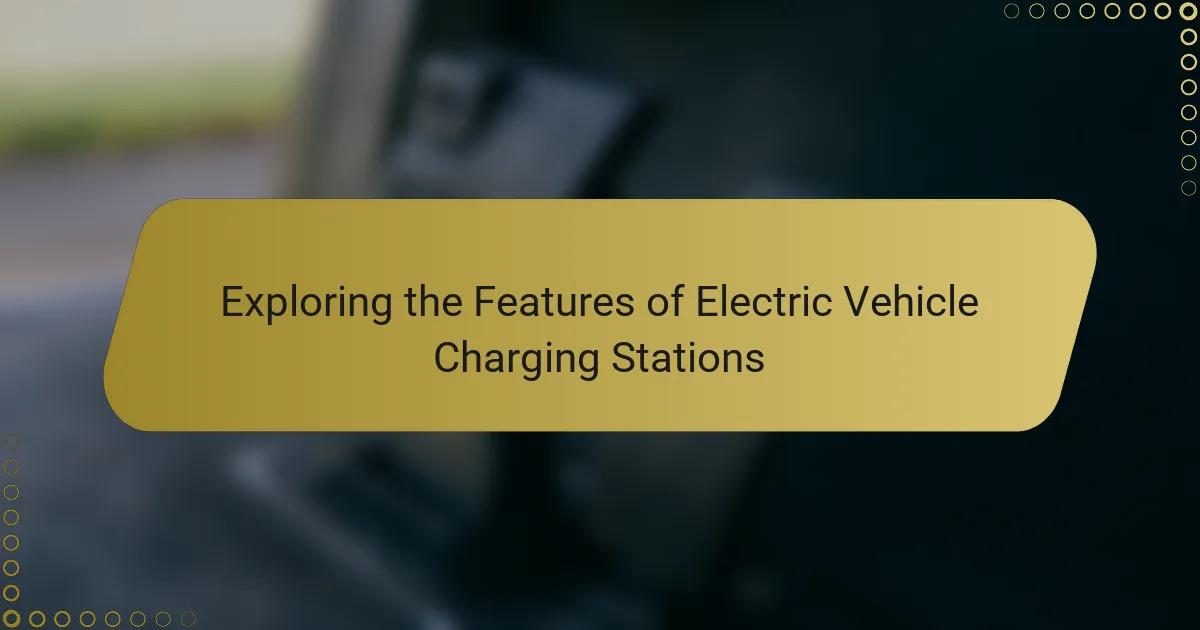
Exploring the Features of Electric Vehicle Charging Stations
Electric vehicle charging stations are facilities that provide electric energy for recharging electric vehicles (EVs), utilizing various charging standards such as Level 1, Level 2, and DC fast charging. The article outlines the characteristics and operational features of these stations, highlighting their increasing availability, with over 100,000 public stations in the U.S. as of 2023. […]
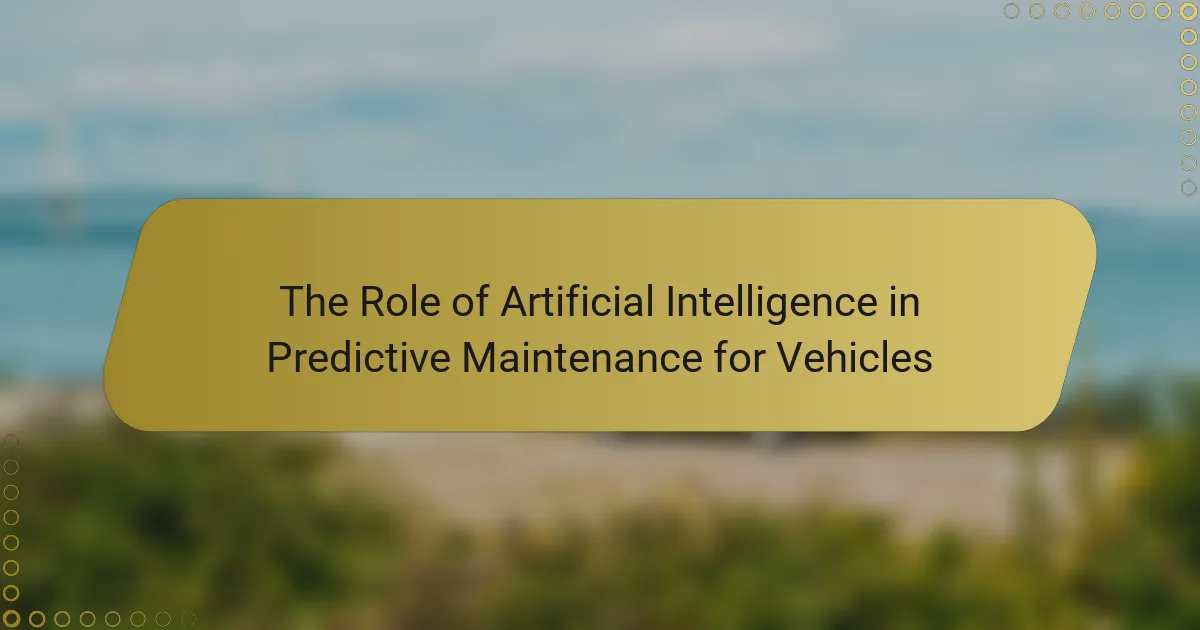
The Role of Artificial Intelligence in Predictive Maintenance for Vehicles
Artificial Intelligence (AI) significantly enhances predictive maintenance for vehicles by analyzing sensor data to forecast potential failures. By processing historical maintenance records alongside real-time information, AI identifies patterns indicative of wear and tear, improving prediction accuracy over time. Effective implementation of AI in predictive maintenance can lead to reduced vehicle downtime by up to 30%, […]
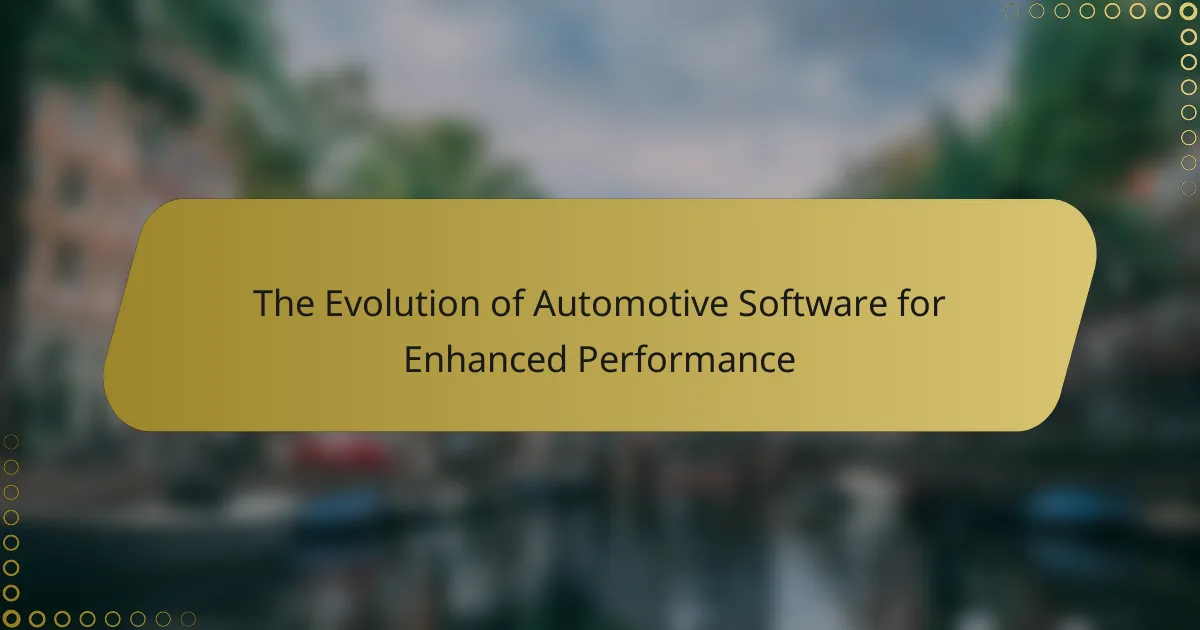
The Evolution of Automotive Software for Enhanced Performance
Automotive software refers to the complex systems that enhance vehicle performance by managing various functions through electronic control units (ECUs). This article outlines the evolution of automotive software, beginning with basic functions such as fuel injection and ignition timing, and progressing to advanced systems that integrate multiple ECUs for comprehensive vehicle management. It highlights the […]
